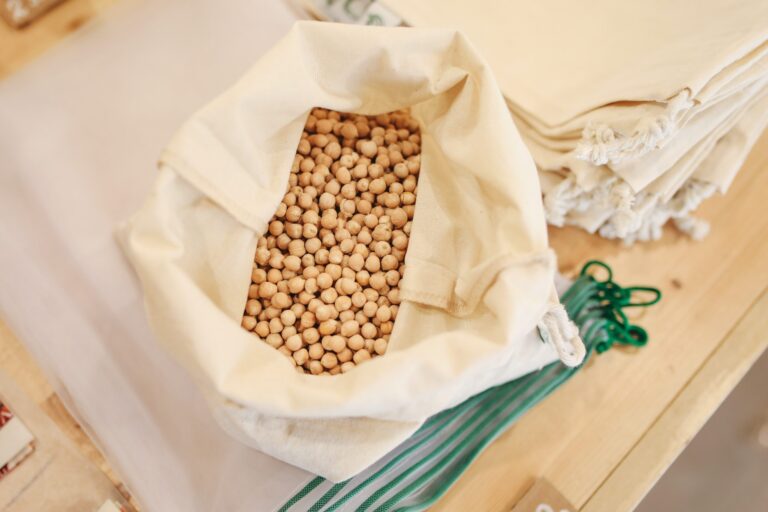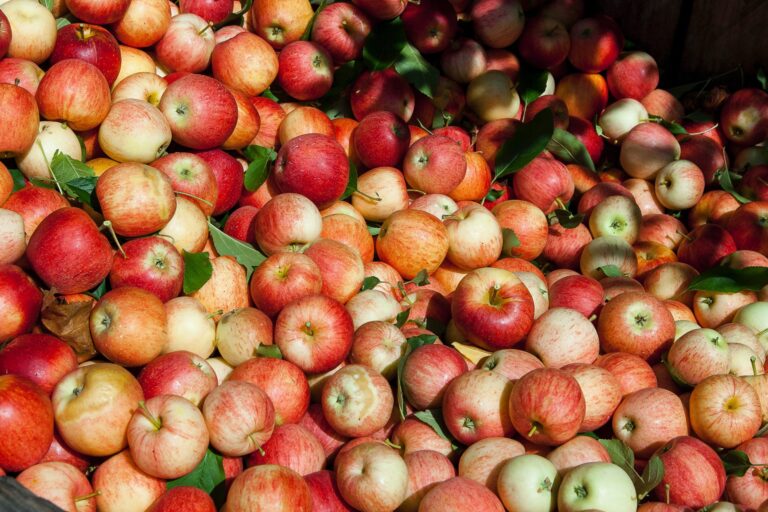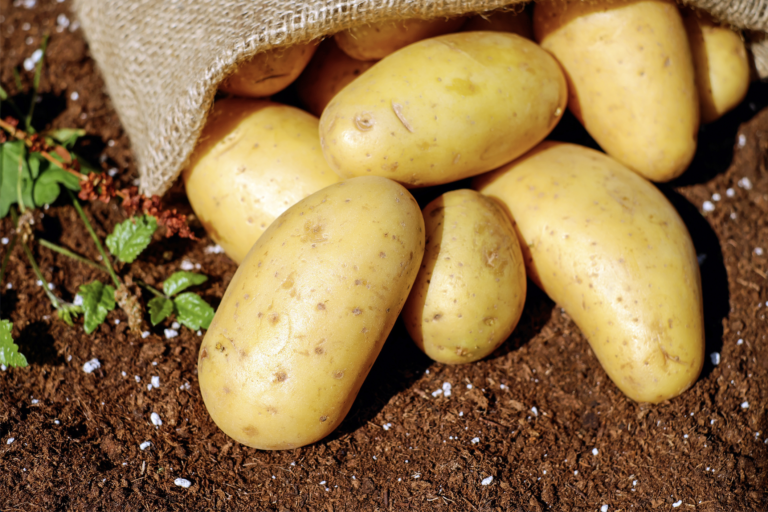Here’s five quick examples


If you’re one of the people on the fence about genetically modified organisms (GMOs) and genetically modified (GM) food, it might boil down to the reasoning behind altering these organisms to determine your support or condemnation.
Perhaps, if it’s the only option, like a last ditch effort to save a crop from extinction, that’s fine. Afterall, with the planet warming we’ll need to be ready to adjust our food supply.
But, if it’s just for fun. A cool science experiment. Is it morally right to transplant genes from one organism into another?
These are the difficult questions facing society today, because as of now, the decision to genetically modify food can range from absolute necessity to rather vain. Here’s five quick examples.
1. Boost Nutrition


For decades soybeans have been continuously altered to have greater resistance to pests and herbicides. But, in a break from this pattern, soybeans were recently bioengineered to have a “healthier” oil profile. I put healthier in quotes since which fats are considered good or bad is an ongoing debate in the science community.
Regardless, the GM soybeans have eliminated any trans fats and upped the oleic acid content, a monounsaturated fat that’s the main component of olive oil. It’s also lowered the amount of saturated fats.
Essentially, soy oil is trying to copy the composition of other cooking oils that are perceived to be more nutritious in attempts to heighten its popularity.
2. Saving the Hawaiian Papaya Industry


Without genetic modification to the papaya, it’s likely the industry would no longer exist in Hawaii.
Since the 1940s, papaya farms on the Hawaiian Islands have struggled with the papaya ringspot virus. This pest infects trees and eventually leads to death. In 1992, the papaya ringspot virus surged with such great strength it began to devastate nearly every papaya farm in the state.
The virus is transmitted by aphids, small insects, as they feed off of the trees. Once infected, young trees never produce fruit and slowly die. Older trees last a little longer, but consistently produce smaller and smaller fruit until they also meet their demise.
As the virus spread throughout the Hawaiiaan Islands, the papaya industry went from producing 55.8 million pounds in 1992 to 35.7 pounds by 1997. Entire farms were diseased. There was a statewide effort to eradicate the virus by killing all infected trees. Even with this last resort, the virus was able to survive on surrounding weeds and plants.
Without severe intervention, papaya farmers knew their livelihood would be gone. For years, they hoped scientists would be able to create a GM papaya resistant to the virus. And in 1997, their dreams came true. The GM Rainbow Papaya was approved.
The irony is that scientists transplanted genes from the papaya ringspot virus into Rainbow Papaya. The presence of the virus’s own genes within the papaya disturbs how the virus can replicate and take over the host plant. Turns out the answer was within the pest itself.
Today, GM papaya accounts for over 70% of the total acreage on Hawaiian papaya farms.
3. Eliminating waste


Half of all the fresh produce purchased in the U.S. is thrown away. Usually, it’s perfectly edible fruit and veggies that make their way into the trash bin for their physical imperfections. We simply don’t like how they look.
Take for example, the browning of apples. In no way does the darkening of the apple flesh change the nutrition or taste, yet these fruits find themselves in the landfill.
Instead, browning is simply a reaction that occurs when apples are exposed to oxygen in the air.
As you slice open an apple, you unknowingly bring together oxygen, an enzyme in the apple called polyphenol oxidase (PPO), and polyphenolic compounds (also in the apple).
These three reactants, oxygen, the PPO enzyme, and polyphenolic compounds, react to produce brown colored compounds. In no way do these brown hues signal spoiling, yet the browned apples often find themselves in the trash.
To prevent browning, scientists came up with a genetic sequence that searches and destroys the RNA— or the blueprints— for producing the enzyme PPO. Without the enzyme present in the apples, no browning will take place when the apples are cut open.
Currently, the non-browning GM apples go by the name Arctic and are available in Fuji, Golden, Granny Smith, and Gala varieties.
4. Eliminating toxins


Some foods contain carcinogens, which I know is a bit perplexing. Afterall, isn’t food what we’re supposed to eat?
But, take potatoes for example. When cooked at high temperatures, two components naturally present in potatoes, reducing sugars and the amino acid asparagine, will react to form a neurotoxin and potential carcinogen called acrylamide.
In humans, large amounts of acrylamide can lead to nerve damage and muscle weakness, while mice studies showed that high doses lead to cancer. Such research makes acrylamide a concern in foods. Note that other foods like coffee and toast also contain acrylamide. It’s not just potatoes.
To reduce the production of acrylamide, scientists simply had to lower the amount of the two reactants— asparagine and sugars— in potatoes.
This was done by eliminating genes that coded for an enzyme called asparagine synthetase, which is the main culprit of producing asparagine, and starch phosphorylase L, the enzyme that breaks down starch into simpler sugars. Without the two ingredients, acrylamide can’t be made
The GM potatoes are sold under the name Innate and are reported to produce 52-78% less acrylamide than normal potatoes.
5. Aesthetic Appearance


Aren’t you bored of the plain yellow color of pineapples?
Well, even if you’re not, get ready for the pink-flesh pineapple named Rosé.
Rosé was genetically modified to silence an enzyme responsible for converting the red-colored pigment lycopene into a yellow-hued molecule called beta-carotene. Without this enzyme, the pineapples retain a pinkish color instead of the normal bright yellow.
Of all the reasons to genetically modify crops, pink pineapple strikes me as a bit ridiculous. Sort of like a stunt to get attention.
Of course, if I could get my hands on a pink pineapple, I would gladly try it. But, as of now, the pink pineapples are only grown in Costa Rica and aren’t yet available in the U.S.
Now that you’re familiar with five examples of GM food, which do you think are permissible?
All?
None?
Or, maybe you’re somewhere in between, where you believe the intricacies of each situation need to be evaluated.
But no matter where you stand, one factor remains true. We need to be conscious and deliberate with how we apply this technology, because the full range of outcomes and effects will not be realized until years from now.

